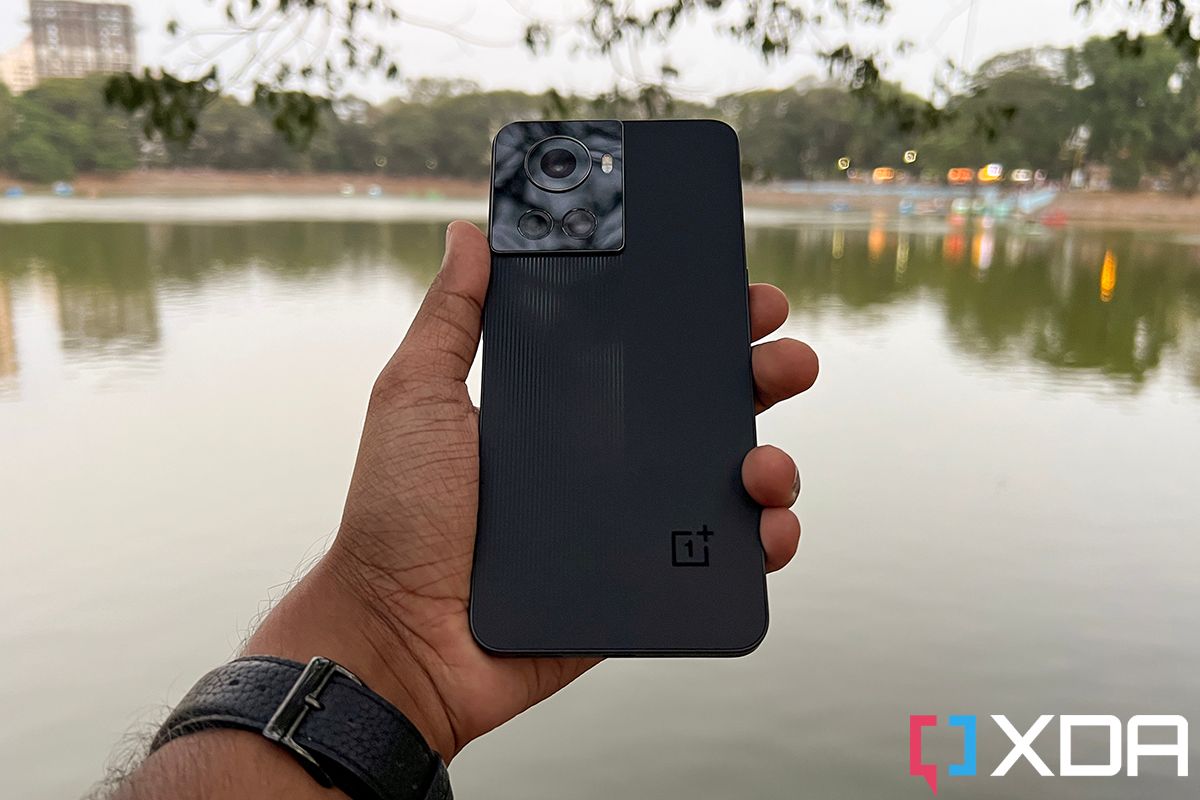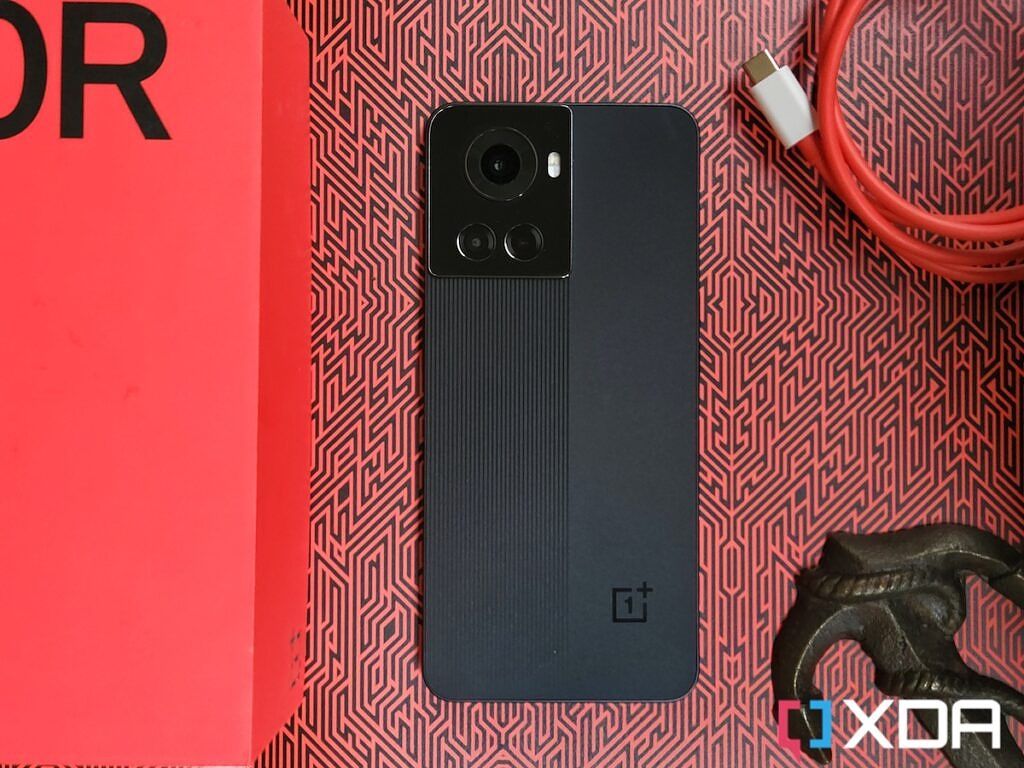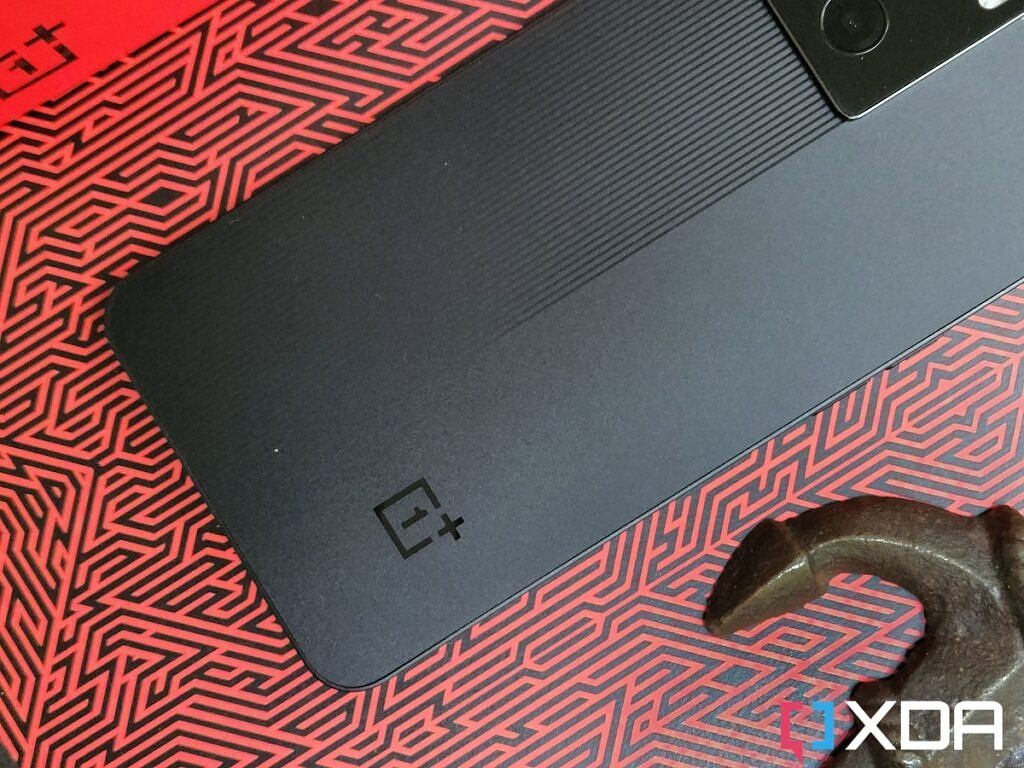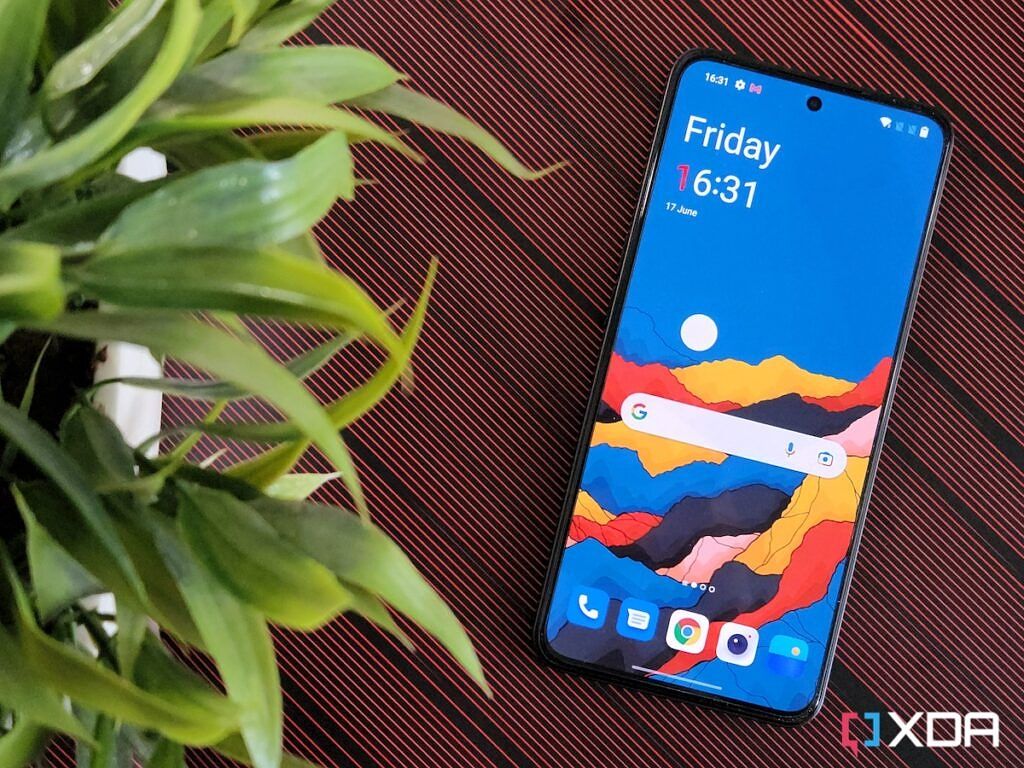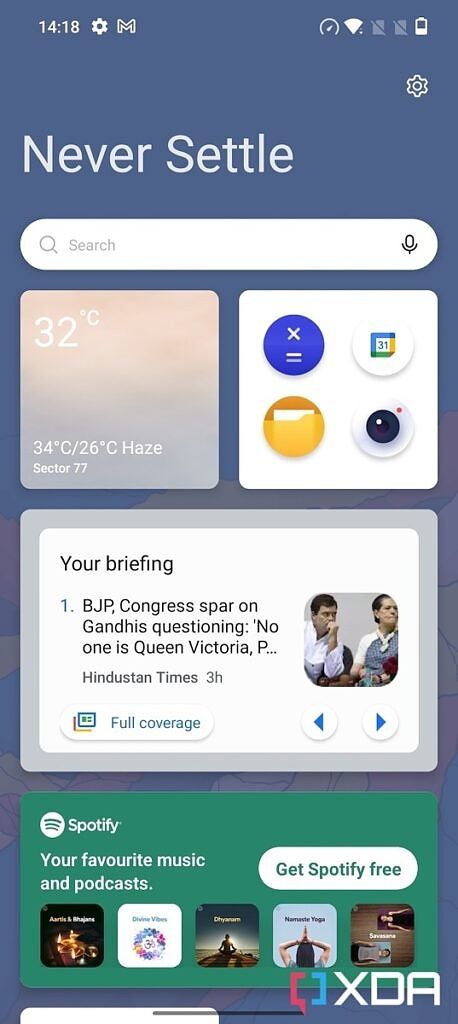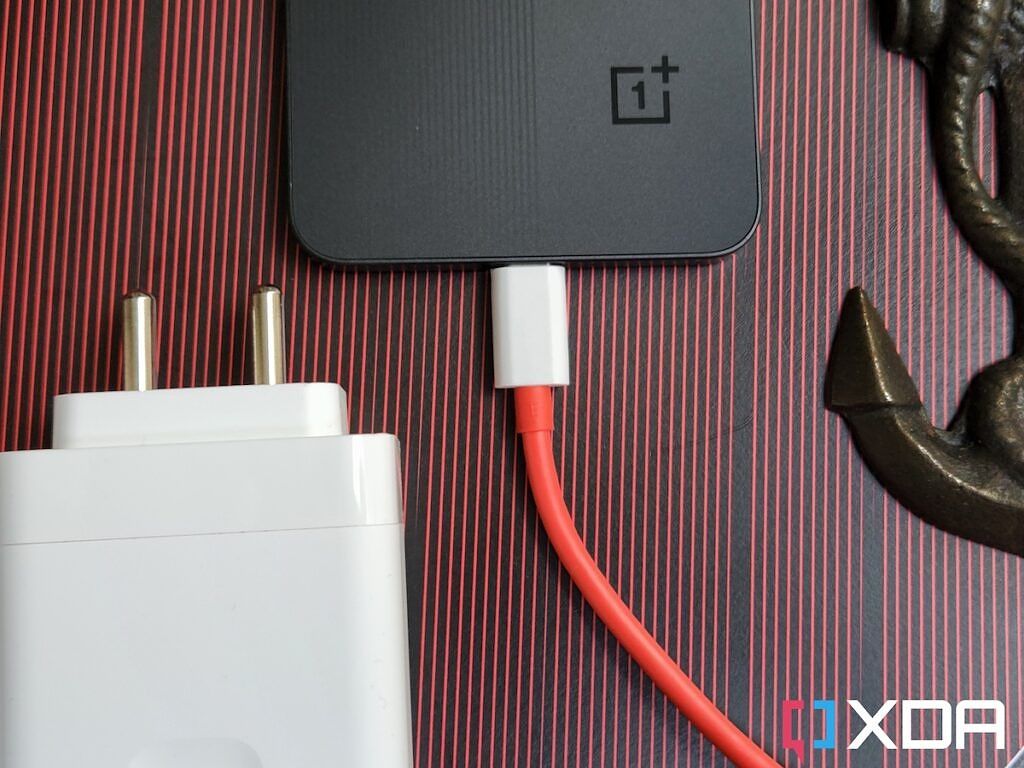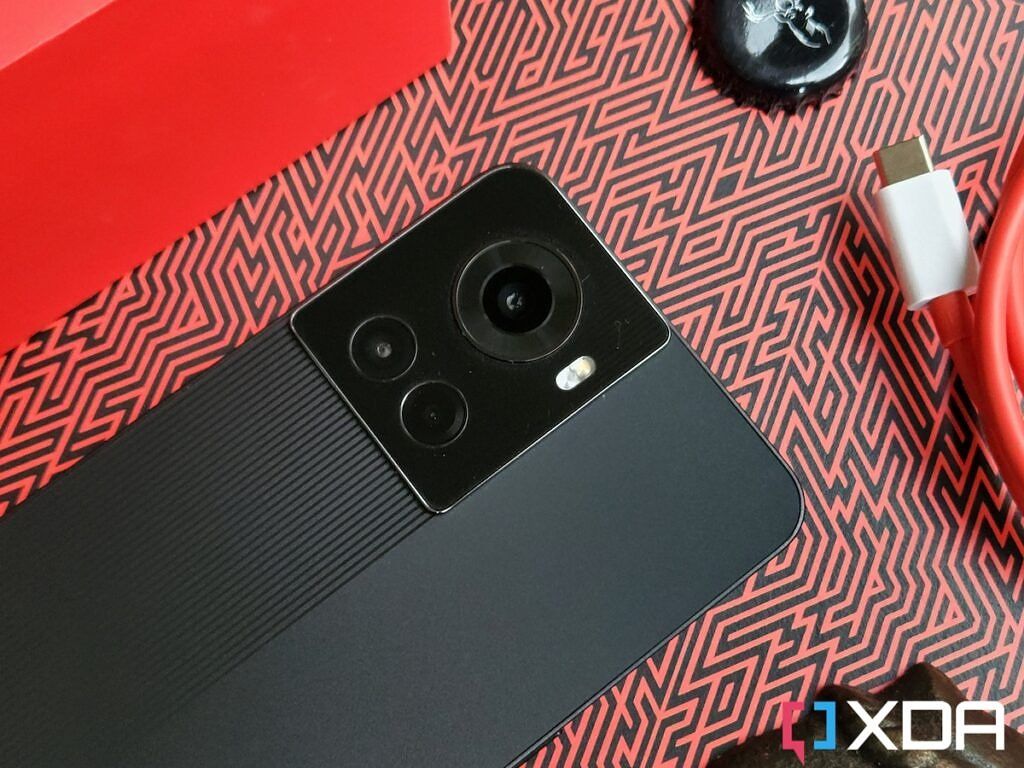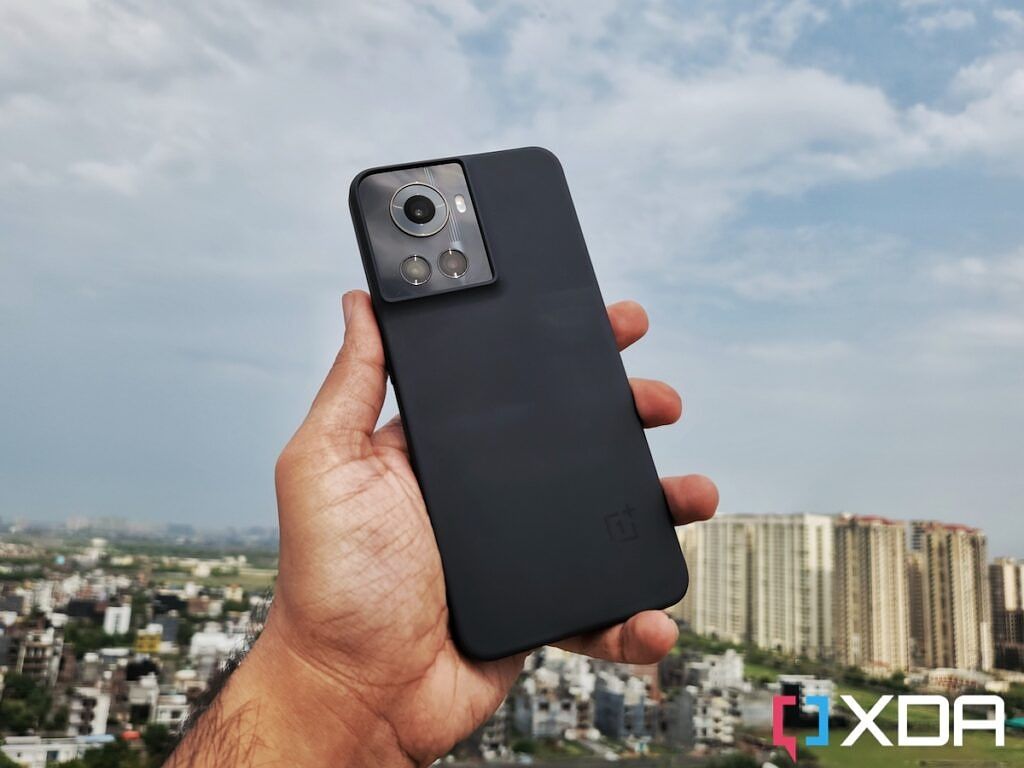The OnePlus 10R is a very easy phone to forget. In its flesh, it's simply a rebranded Oppo phone with a weak set of cameras, a dissatisfying build quality, and an inconsistent software experience. But on the positive, the MediaTek chip delivers sustained performance, but the real showstopper is its blazing-fast charging speeds which is probably the only feature to keep its OnePlus spirit alive. The OnePlus 10R isn't a bad phone, but it stumbles to leave a lasting impression, which is why I think it's barely latching on to the OnePlus spirit as OnePlus did arguably set a high bar in the past.
Ignoring its association with the OnePlus or even the fact that it's essentially a rebranded phone, is the OnePlus 10R worth your money? The only reasons I see someone buying this phone are its blazing-fast charging speeds and its solid, sustained performance for less than the price of full-fledged flagships. If that sounds good enough then this may be the phone for you. Being able to fully top up the phone in under 25 minutes is something I know I'll miss the moment I take my SIM card out of this phone. But apart from that, I think the OnePlus 10R comes out as uninteresting. Read on to find out why I think the OnePlus 10R misses the mark.
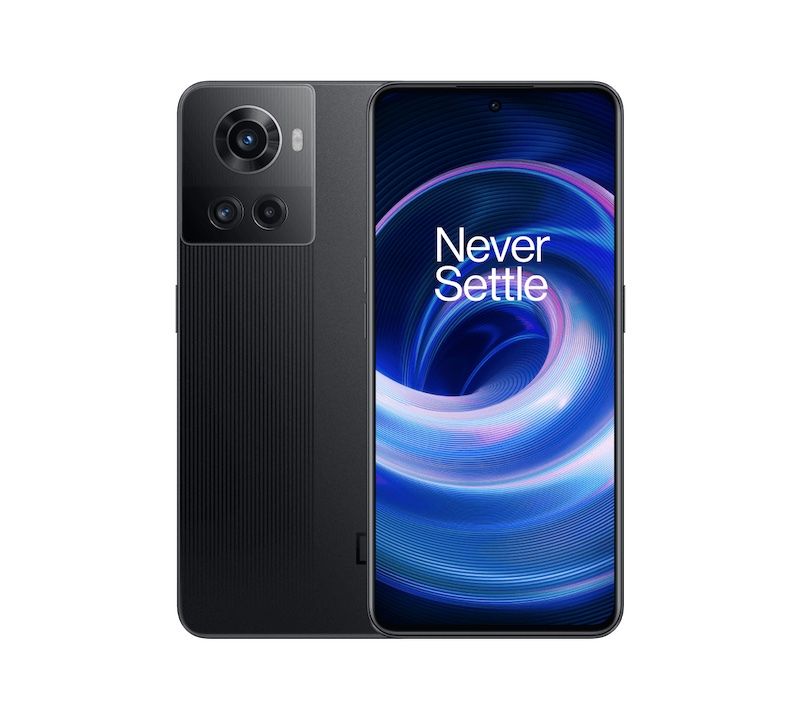
OnePlus 10R
The OnePlus 10R is a decent phone that offers a reliable performance for day-to-day usage and gaming. The highlight of the phone, however, is its blazing-fast charging speeds.
Navigate this review:
- Specifications
- Pricing and Availability
- Design & Build quality
- Display
- General Performance, Battery Life, and Charging
- Cameras
- Should you buy it?
OnePlus 10R review: Specifications
|
Specification |
OnePlus 10R |
|---|---|
|
Build |
|
|
Dimensions & Weight |
|
|
Display |
|
|
SoC |
|
|
RAM & Storage |
|
|
Battery & Charging |
|
|
Security |
In-display fingerprint scanner |
|
Rear Camera(s) |
|
|
Front Camera(s) |
|
|
Port(s) |
|
|
Audio |
Stereo speakers |
|
Connectivity |
|
|
Software |
Android 12 with OxygenOS 12.1 |
About this review: This OnePlus 10R Endurance Edition unit in Sierra Black was shipped to us by OnePlus India for testing. I got to use the phone for a couple of weeks before writing this review. OnePlus didn't have any inputs in this review.
OnePlus 10R: Pricing and Availability
The OnePlus 10R is now available to purchase in India:
- 8GB + 128GB, 80W/5000mAh: ₹38,999 (~$500)
- 12GB + 256GB, 80W/5000mAh: ₹42,999 (~$552)
- 12 GB + 256GB, 150W Endurance Edition/4500mAh: ₹43,999 (~$565)
It’s worth mentioning that the Endurance Edition is only available in the Sierra Black color option while the standard models can also be purchased in the Forest Green colorway. As of now, it looks like OnePlus has no plans of launching the OnePlus 10R outside the Asian markets.
Design & Build Quality
- Doesn't look like any past OnePlus flagship: boxy design and no alert slider
Right off the box, the first thing you'll notice about the OnePlus 10R is its design. I wouldn't say it's cut from the same cloth as the Realme GT Neo 3 because there are some subtle design differences. That being said, they both use the same reference design and the resemblance is uncanny. I like the OnePlus 10R's dual-pane design better than the Realme GT Neo 3's color stripe aesthetics, but I guess that comes down to personal preference. Like it or not, there's no denying that it doesn't look like anything OnePlus would make.
To my understanding, the OnePlus 10R also happens to be the first OnePlus phone (besides their special edition phones) to have any sort of design element at the back beside the camera island and the logo. But that's not the only non-OnePlus thing about this phone. It also happens to be the first phone in the OnePlus flagship series to ditch the alert-slider. Add a plastic mid-frame and a back for a dissatisfying in-hand feel, and it's easily the farthest thing from OnePlus' other flagship offerings. Even the phones in the Nord range feel like they come from OnePlus, but not this one.
The OnePlus 10R is just as tall as the OnePlus 10 Pro but it weighs significantly less coming in at just 186 grams. As for the other basics, you get a USB Type-C port at the bottom along with dual stereo speakers and a dual nano-SIM slot. There's no headphone jack, no IP rating for dust/water resistance, or a microSD card slot for storage expansion, so keep that in mind.
Overall, OnePlus has opted for a very unique look for the 10R. Personally, I am not a huge fan of the design but I won't write it off as a bad design choice at the same time.
OnePlus 10R review: Display
- 6.7-inch FHD+ AMOLED with 120Hz refresh rate will not give you any reason to complain
- At par with many other high-end non-LTPO flagships
The display is one of the things that stands out to me about this phone. It's on par with most other high-end flagships out there. It's a massive 6.7-inch FHD+ AMOLED screen with support for up to 120Hz refresh rate and HDR. It doesn't support a variable refresh rate, mind you, so you only get the option to choose between the smooth 120Hz refresh rate or go with the more battery-friendly 60Hz option.
The OnePlus 10R has a great display
I set the display to 'Vivid' mode as I like to use on most smartphones, and I had absolutely no issues using it on a day-to-day basis. It also gets decently bright outdoors meaning outdoor visibility isn't an issue either. Generally speaking, this is a very good display, be it for media consumption or browsing through your usual set of social media apps. Speaking of media consumption, I'd like to point out that the dual stereo speakers on the OnePlus 10R sound rather good. I noticed that the downward-firing speakers are louder than the one on the earpiece but I never felt the need to pull out my TWS to consume media when I am alone in my room. There's not much bass but it gets decently loud with good stereo separation.
General Performance, Battery Life, and Charging
- Great performance without any heating issues
- OxygenOS remains buggy
- Solid battery life, with insane 120W charging; although 80W should be fine for most people
The OnePlus 10R comes with the MediaTek Dimensity 8100 Max 5G SoC, making it the first (non-Nord) OnePlus phone to have a MediaTek chipset. For those of you who are curious, the Dimensity 8100-Max features the same CPU and GPU speeds as the standard variant that's powering the Realme GT Neo 3. This means it has four Cortex-A78 cores clocked at 2.85GHz and four Cortex-A55 cores clocked at 2GHz. For graphics, you get an Arm Mali-G610 MC6 GPU. So what's the difference, you ask?
According to OnePlus, the Dimensity 8100-MAX gets an "AI performance boost". The MediaTek APU 580 inside the chip is said to offer better AI performance. It works with the HyperBoost Gaming Engine to offer a more stable gaming performance with higher frame rates in games. That makes perfect sense considering OnePlus pitches its 'R' series phones for gaming. While I don't play a lot of games on my phone, I did go out of my way to play Respawn's new Apex Legends Mobile, Genshin Impact, and Call Of Duty Mobile. The OnePlus 10R managed to run all these games very well, albeit at a slightly lower than maxed-out settings.
Let's take a look at some benchmark numbers to give you an idea of the kind of performance you can expect to see from this phone:
The OnePlus 10R, as you can see, performs better than the Realme GT Neo 3 in GeekBench 5 and PC Mark tests. It's worth mentioning that I set the phone to favor performance (Settings > Battery > Advanced settings > High Performance Mode) while running these benchmarks to get the best output. These results also translate to a solid day-to-day performance. The OnePlus 10R doesn't break a sweat even while handling a dozen apps at any given point. For the folks in the Snapdragon crowd who are curious, the Dimensity 8100-MAX comes close to matching the general performance of the Snapdragon 888, but without the heating issues.
The Dimensity 8100 performs great, and has no thermal issues too
What's more interesting about this particular phone is that it doesn't get hot while playing games or while running benchmarking apps. The OnePlus 10R managed to stay surprisingly cool to touch even when pushed to its limits. And unlike the Realme GT Neo 3, the OnePlus 10R doesn't generate a lot of heat even while charging, which means you can continue using the phone while topping up the battery.
The OnePlus 10R is currently running Oxygen 12.1 (build no: CPH2411_11_A.04) based on Android 12. While this version of OxygenOS is better than the initial OxygenOS 12 release, it's still far from perfect. I am happy to report that the OnePlus 10R doesn't have much in the name of bloatware but the overall software experience still needs a lot of work in terms of stability. OnePlus 10R won't let me install and run a third-party launcher, for instance. I tried it with multiple launchers and none of them worked properly.
I also don't like how the only way you can access the OnePlus Shelf now is by swiping down from the top-right corner of the screen? I don't mind using Shelf because it can be useful at times but I am not sure if I want to swipe down from the top to access it over the notification center. Also, the OnePlus Shelf acts as a standalone app and not just an overlay akin to the notification drawer. This means it's very easy to accidentally pull it down while, say, you're watching a video on YouTube, only to have the video paused. I even had some widgets on the OnePlus Shelf crash on me while using them. We mentioned this along with some other issues in our OnePlus 10 Pro review, so be sure to check it out too.
I am not biased towards any particular Android skin because I think each of them is unique in its own way. However, OnePlus' OxygenOS has got to be my least favorite Android skin right now mainly because of all the stability and minor UX user experience issues that are plaguing the OS.
Before moving on to the next section in this review, I'd like to talk a bit about the battery performance of the OnePlus 10R because that's what makes this phone unique, in my opinion. The most expensive variant of the OnePlus 10R comes with a 4,500mAh battery and it's accompanied by a 150W charger. OnePlus is calling it the 'Endurance Edition' and I've been using it for this review. I've charged the OnePlus 10R multiple times during my review period and only took about 22-25 minutes to fully charge this phone each time. Yes, 150W charging is as crazy as it sounds in real life and this is easily my favorite thing about this phone. Though, it is important to mention that the usual charging test that we use to create our charging time graphs ends up getting closed by OxygenOS after about 5 minutes of functioning in the background. Further, as we mentioned earlier the OnePlus 10R did not heat up as much as the Realme GT Neo 3 did when charging at 150W -- though a valid concern could be where the generated heat is being dissipated.
You only get an 80W charger with the other variants of the OnePlus 10R but even that's faster than a lot of other high-end flagships out there. Notably, the OnePlus 10R units bundled with an 80W charger have a 5,000mAh battery, which is slightly bigger than the one that I have. The battery life itself turned out pretty good. I was able to get through an entire workday without having to worry about charging the phone.
150W charging is as crazy as it sounds
It even managed to keep up with me on days with heavier usage when I played a lot of games or took the phone out for a spin to test the cameras. On days when you feel the need to charge mid-day, you can quickly top it off for five minutes and get enough juice to get through the rest of the night, which is very convenient. The 150W charging brick is massive in size, though, so keep that in mind. Between the 150W variant and the 80W variant, it makes more sense to pick up the 80W variant and get better battery life through the day versus shaving off a few minutes every charge, because 80W is fairly quick too.
OnePlus 10R review: Cameras
- Good primary camera
As I mentioned earlier in this review, the OnePlus 10R sports a weak set of cameras. I've been using the OnePlus 10 Pro a lot lately to capture photos and this is definitely a downgrade over that. As for the optics, it features a triple camera setup at the back which includes a 50MP Sony IMX 766 main sensor with OIS, an 8MP ultrawide sensor, and a 2MP macro sensor. It's not the most versatile setup but that's not even my main concern. Simply put, all three sensors on the OnePlus 10R are not in the same league.
The 50MP main sensor can give you some good-looking shots but I noticed that the images are processed to look warmer. It becomes evident when you compare the images captured using the OnePlus 10R with something like the 10 Pro or the Galaxy S22. The main sensor can capture good images even in low-light situations but that's simply not the case when it comes to its ultrawide shooter. Ultra-wide shots captured during the night are, well, unusable, in my opinion. It does a pretty good job during the day but it's an obvious downgrade compared to some other devices out there.
There's not much to talk about the 2MP macro sensor either, so I'll let you look at some camera samples that I captured during my time with the phone. The 16MP selfie camera is decent enough for some occasional selfies. On the video front, the OnePlus 10R can record 4K at 30 or 60fps but the 4K footage isn't stabilized, so I'd recommend switching to 1080p if you want to get any usable footage out of this phone.
Is the OnePlus 10R worth buying?
The OnePlus 10R bites the dust as a "OnePlus" phone because pretty much nothing about this phone reminds me of the brand. That's not necessarily a bad thing for those who don't care about a brand's association with a device. The OnePlus 10R is a decent phone by itself that offers solid performance for day-to-day usage and even gaming. The 150W charging is the highlight for me but I am sure even the standard variants of the phone with 80W charging support will suffice for most users, especially considering the price differences and smaller value delta between the two.
There's nothing to write home about the phone's software experience, though. OxygenOS works for the most part but I was mildly disappointed with the occasional bugs and instability issues. The lackluster camera performance and the build materials used for this phone also make it look like a downgrade of sorts when you compare with it, say, the OnePlus 9RT. Last year's OnePlus 9RT is slightly expensive, yes, but it offers a more refined experience overall. It's also hard for me to recommend the OnePlus 10R over some other phones on the market like the Xiaomi 11T Pro 5G and the Realme GT 2, both of which can be had for a relatively cheaper price.
The Realme GT Neo 3 is also a decent option to consider as the "closest" alternative to the OnePlus 10R, but you will have to put up with its abysmal bloatware situation. On the iOS side, Apple is offering the iPhone SE (2022) for around the same price. It may not win any awards in the design or charging department, but it certainly offers great performance and an excellent software experience thanks to iOS. So, here's a quick summary of the OnePlus 10R:
You should buy the OnePlus 10R if:
- Fast charging is your priority. I recommend getting the 150W charging variant for blazing-fast speed.
- You want reliable performance for day-to-day usage and gaming.
You shouldn't buy the OnePlus 10R if:
- You want a premium device with good build quality. OnePlus 10R looks and feels like a budget phone in hand.
- You want a versatile camera setup.
- You want a consistent bug-free software experience.
OnePlus has left the 10R in a very awkward spot. My verdict would've been different if it was priced competitively to go against the competition. It's not a bad phone but I think it doesn't offer enough value outside of its fast charging trick, which I think will be challenged soon by other manufacturers. Xiaomi's 11T Pro 5G is already bridging the gap with its 120W Hypercharge, so it's only a matter of time till we see other devices getting the same treatment in this price range.

OnePlus 10R
The OnePlus 10R is a decent phone that offers a reliable performance for day-to-day usage and gaming. The highlight of the phone, however, is its blazing-fast charging speeds.
So, are you planning to buy the OnePlus 10R? If not then which alternative are you looking to consider? Let us know by dropping a line in the comments below.

